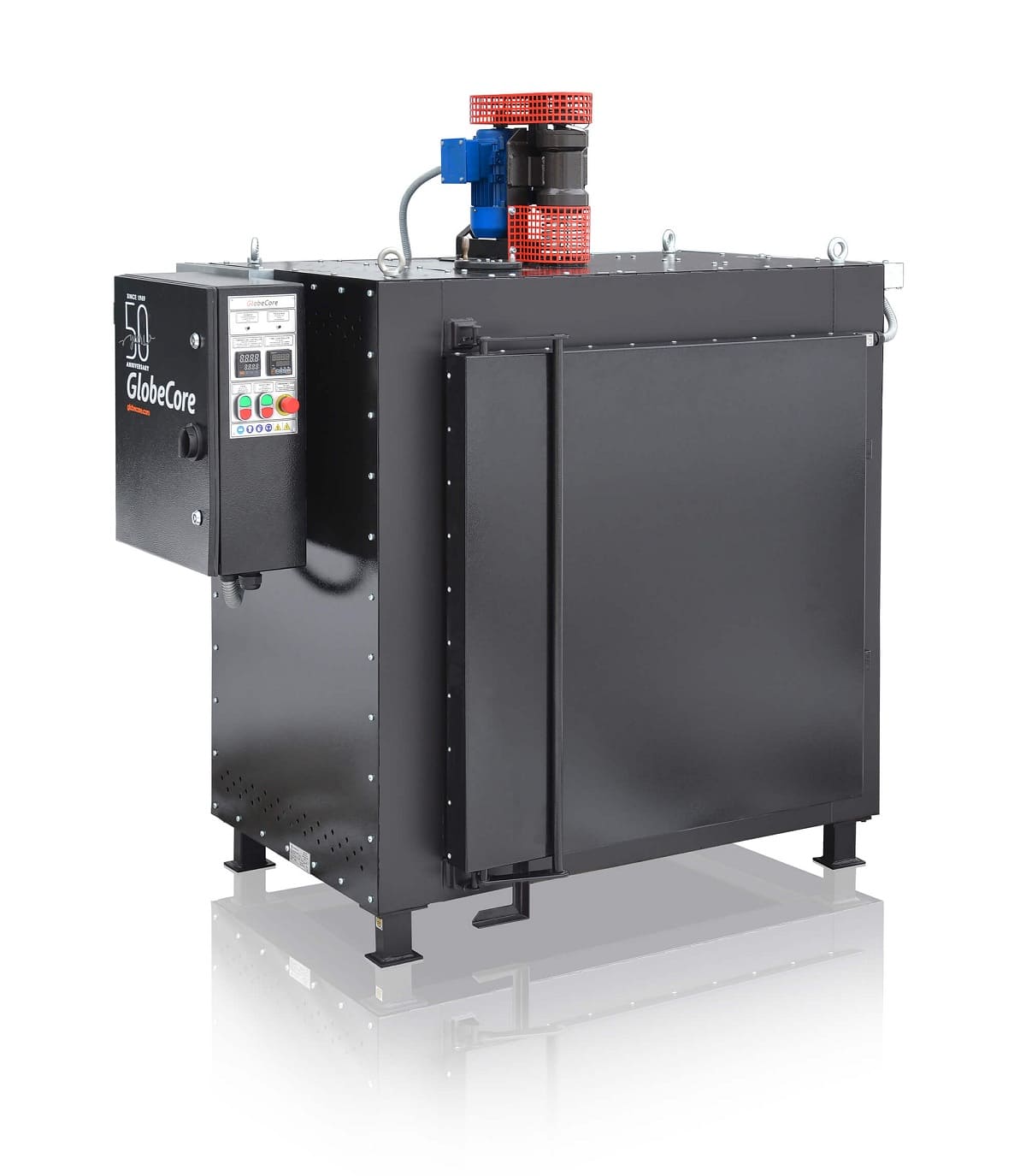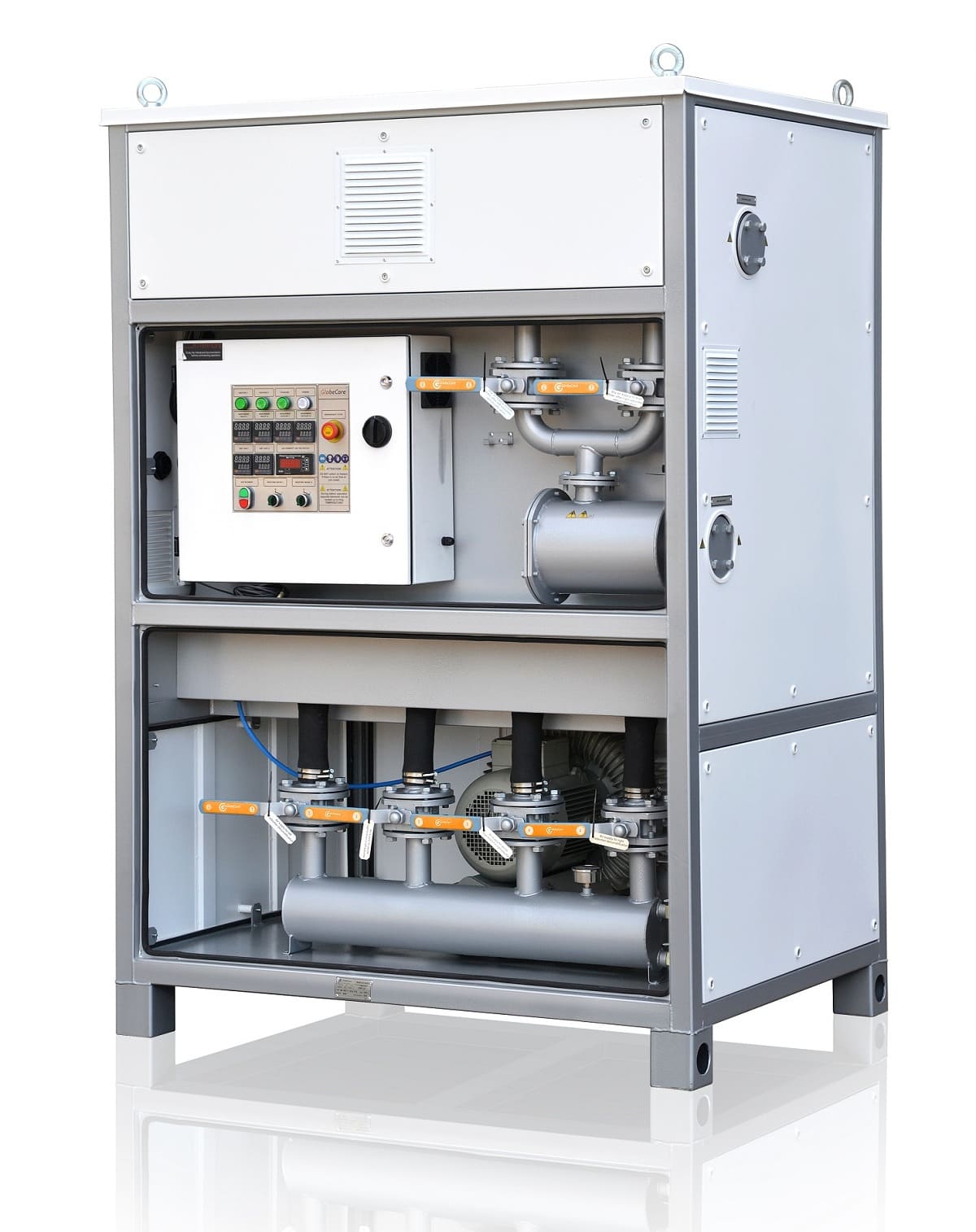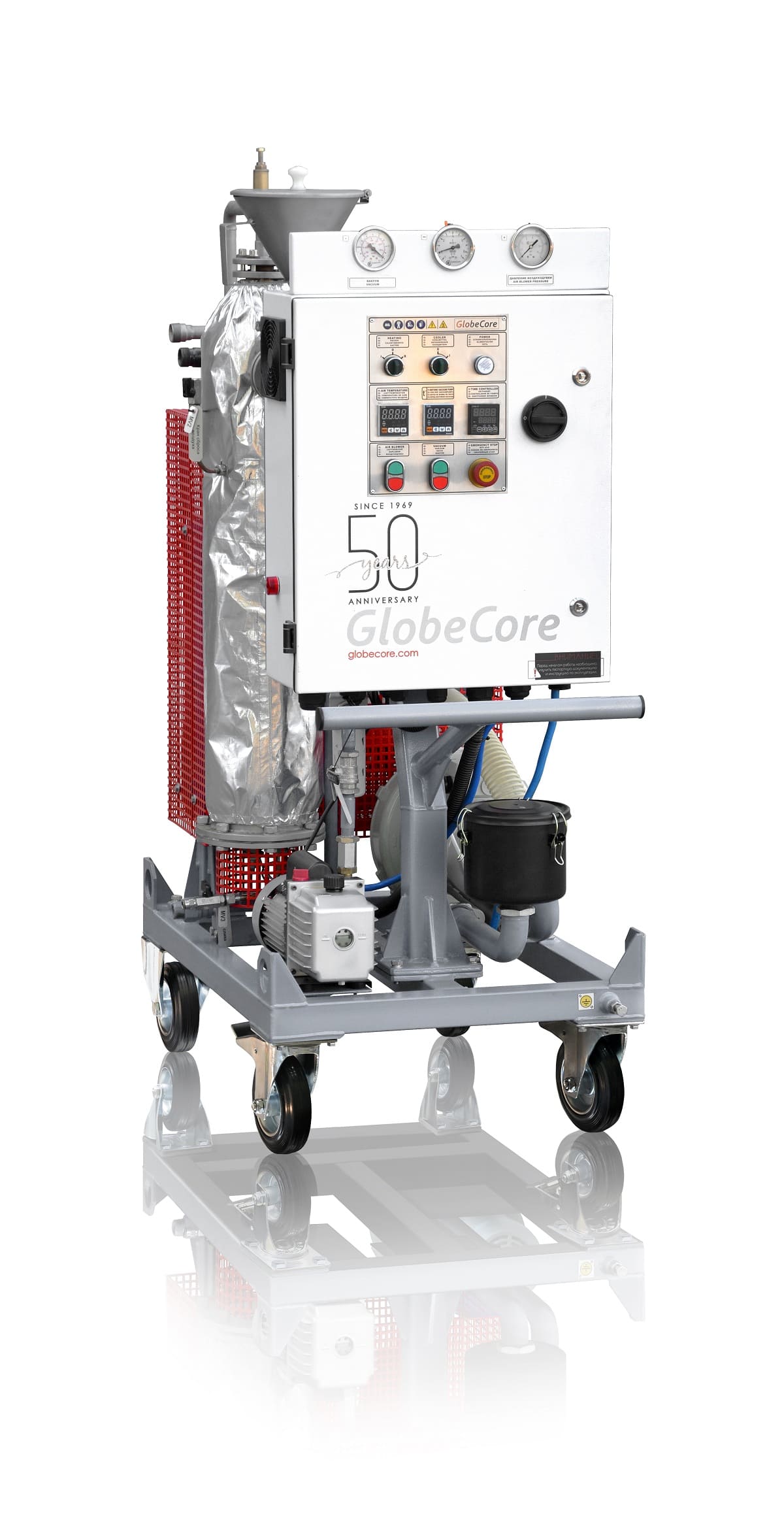What processes are involved in Transformer Oil Drying, and why is it crucial?
- This topic has 1 reply, 2 voices, and was last updated 1 year, 2 months ago by .
Answers
-
October 4, 2024 at 2:08 pm by Gabriel Silva
Transformer Oil Drying involves a series of processes designed to eliminate moisture and contaminants from the oil, ensuring it retains its insulating and cooling properties. The primary steps include heating the oil to lower its viscosity, making it easier for moisture to evaporate. This is followed by the introduction of dry air or an inert gas through an Air Drying System, which absorbs the moisture from the heated oil. Vacuum dehydration may also be employed to further reduce moisture content by lowering the pressure, thereby enhancing the evaporation rate. Additionally, filtration processes remove particulate contaminants that could impair oil performance. Transformer Oil Drying is crucial because it maintains the oil’s dielectric strength, prevents electrical discharges, reduces the risk of corrosion, and prolongs the overall lifespan of the transformer by safeguarding its internal components from moisture-induced damage.



